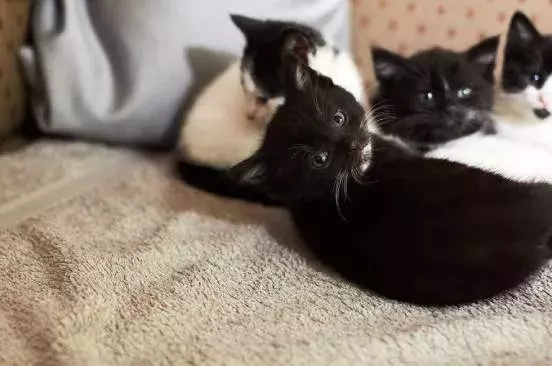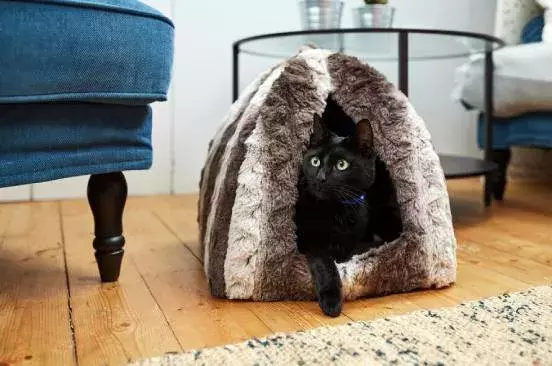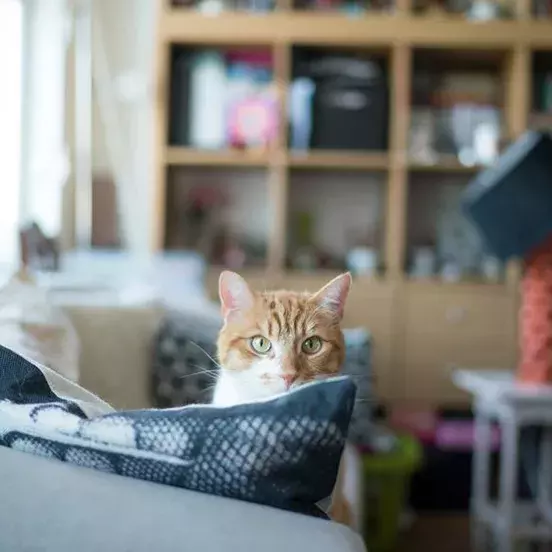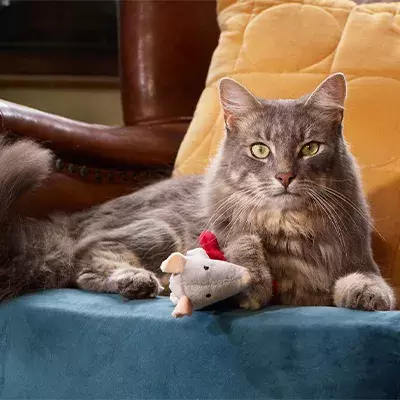Recognising early signs of pain in your cat is important in keeping your cat happy and healthy as well as addressing any potential illnesses.
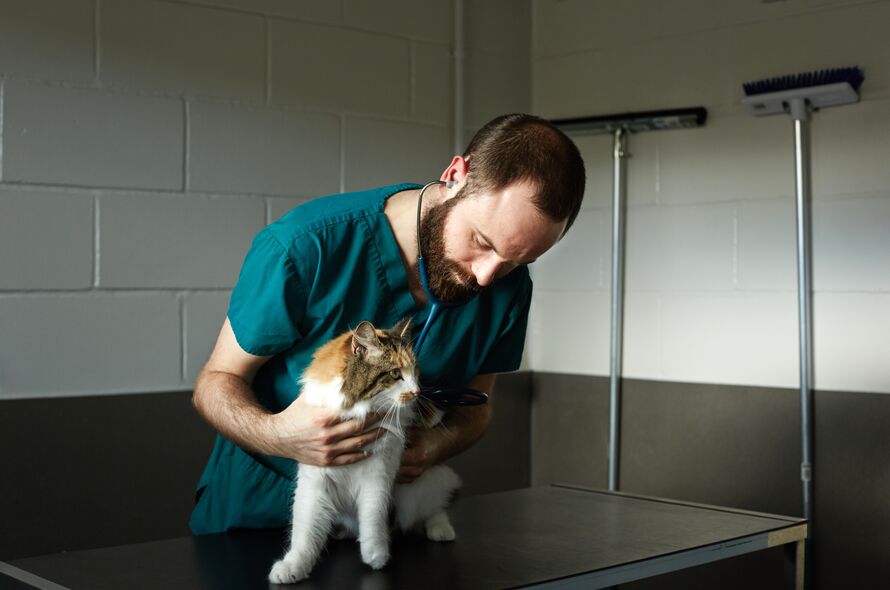
While most cats who are experiencing intense, short-term pain will be more likely to give clues that they are hurt, cats suffering with symptoms of chronic pain or illness can sometimes hide their discomfort for long periods of time. This kind of pain can also impact cats long-term at an emotional level, causing them distress and making them less resilient.
For example, if a cat injures their paw and has obvious trouble walking on it, is very vocal (i.e. meows in a much more urgent and unpleasant sounding way than normal), and is reluctant to let you touch their paw, you can quite quickly tell that the cat is in pain. On the other hand, a cat that has a more chronic condition such as dental disease or arthritis may show very little indication that they are in pain, perhaps only displaying signs when it reaches a high level of intensity.
Every cat will show different signs that they are in pain, so it’s important to be aware of any slight change in their behaviour or body language.
BEHAVIOUR SIGNS OF A CAT IN PAIN
- Reduced appetite.
- Lethargy.
- Decreased interest in positive things like playing, social interaction and exploring outside.
- Being withdrawn and hiding away.
- Appearing lame and experiencing increased sensitivity to touch in specific areas of their body.
- Reduction in movement and activity.
- Changes in behavioural patterns. For example, your cat may start to avoid doing things that they either know or think will cause them pain. They may no longer jump up onto beds or other raised surfaces due to the expectation that this will hurt.
- Poor mood and temperament; increased irritability.
- Vocalisation e.g. frequent unpleasant or urgent sounding meowing, groaning, hissing, growling.
- When in pain, your cat may actively or passively avoid being handled by either moving away from people or behaving aggressively when approached or touched.
- Decreased grooming in general or increased grooming but to a particular area (potentially leading to bald patches and/or sore skin).
BODY LANGUAGE SIGNS OF A CAT IN PAIN
A cat in pain may display either gradual or sudden changes in posture, body language and behaviour. This can include more tension in their body, crouching and hunching, or lowering of the head.
FACIAL EXPRESSION SIGNS OF A CAT IN PAIN
Some cats may show an obvious change in their facial expression when in pain, while with others it may be more subtle for example:
- Your cat may squint or close their eyes.
- Their ears may appear slightly flattened or pressed to the sides.
- Their mouth, nose and cheeks may appear tenser and more compressed.
Some cats may be less obvious about displaying signs that they’re in pain and may display some but not all of them.
If you have any concerns about your cat being in pain, take them for an assessment by your vet as soon as possible.
